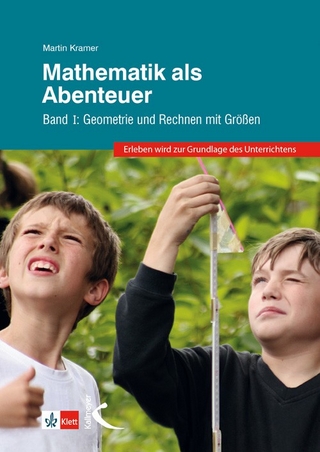
Superconducting Electron-Optic Devices
Kluwer Academic/Plenum Publishers (Verlag)
978-0-306-30882-6 (ISBN)
- Titel ist leider vergriffen;
keine Neuauflage - Artikel merken
This material is included, even though it is only slightly connected with the main topic of the book, since a breakthrough in this field may be possible by the application of superconducting lenses.
1 Historical Survey.- 2 Basic Principles of Electron Optics.- 2.1. Rotationally Symmetric Lenses in the Bell-Shaped Field Approximation.- 2.2. Rotationally Symmetric Lenses with Arbitrary Field Distribution.- 2.3. Aberrations Resulting from Misalignment.- 2.4. Multipole Fields for Beam Correction.- 2.5. Image Contrast.- 2.6. Further Sources of Error.- 2.7. Fixed Beam and Scanning Mode.- 3 Superconducting Devices in Electron Microscopy.- 3.1. Advantages of Superconducting Devices.- 3.1.1. Improvements Resulting from the Use of Superconducting Materials.- 3.1.2. Improvements Resulting from the Liquid Helium Temperature in the Optical Devices.- 3.1.3. Economic Aspects.- 3.2. Technical Problems.- 3.2.1. Construction of Cryostats.- 3.2.2. Superconducting Materials.- 3.2.3. Normal Materials.- 4 Lens Design and Testing.- 4.1. Lens Design and Field Distribution.- 4.1.1. General Remarks.- 4.1.2. Coil Lens.- 4.1.3. Ring Lens.- 4.1.4. Iron Circuit Lens.- 4.1.5. Shielding Lens.- 4.1.6. Advantages and Drawbacks of the Different Lens Types.- 4.2. Correction Systems for Superconducting Objective Lenses.- 4.3. Testing of Objective Lenses.- 4.3.1. Testing Objective Lenses with Simulation Devices.- 4.3.2. Testing in the Microscope.- 5 Systems with Superconducting Lenses.- 5.1. Tested Systems.- 5.2. Projected Systems.- 6 Other Superconducting Elements for Electron Microscopy.- 6.1. Superconducting High-Voltage Beam Generator.- 6.2. Magnetic Dipoles.- 7 Proposed Superconducting 3-MV Microscope.- 7.1. Accelerator.- 7.2. Spectrometer.- 7.3. Microscope Column.- 7.4. Further Improvements of the System.- Appendixes.- A. Superconducting Electron Optical Systems for High-Energy Physics.- A.1. General Remarks.- A.2. Magnet Designs.- B. Application of Electron Microscopy to Basic Research on Superconductivity.- B.1. Imaging by the Decoration Method.- B.2. Imaging by Electron Shadow Microscopy.- B.3. Imaging by an Electron Mirror Microscope.- B.4. Imaging by Lorentz Microscopy.- B.5. Imaging by a Vortex Electron Microscope.- References.
| Reihe/Serie | The International Cryogenics Monograph Series |
|---|---|
| Zusatzinfo | 38 black & white illustrations, biography |
| Sprache | englisch |
| Themenwelt | Schulbuch / Wörterbuch |
| Naturwissenschaften | |
| ISBN-10 | 0-306-30882-7 / 0306308827 |
| ISBN-13 | 978-0-306-30882-6 / 9780306308826 |
| Zustand | Neuware |
| Haben Sie eine Frage zum Produkt? |
aus dem Bereich


